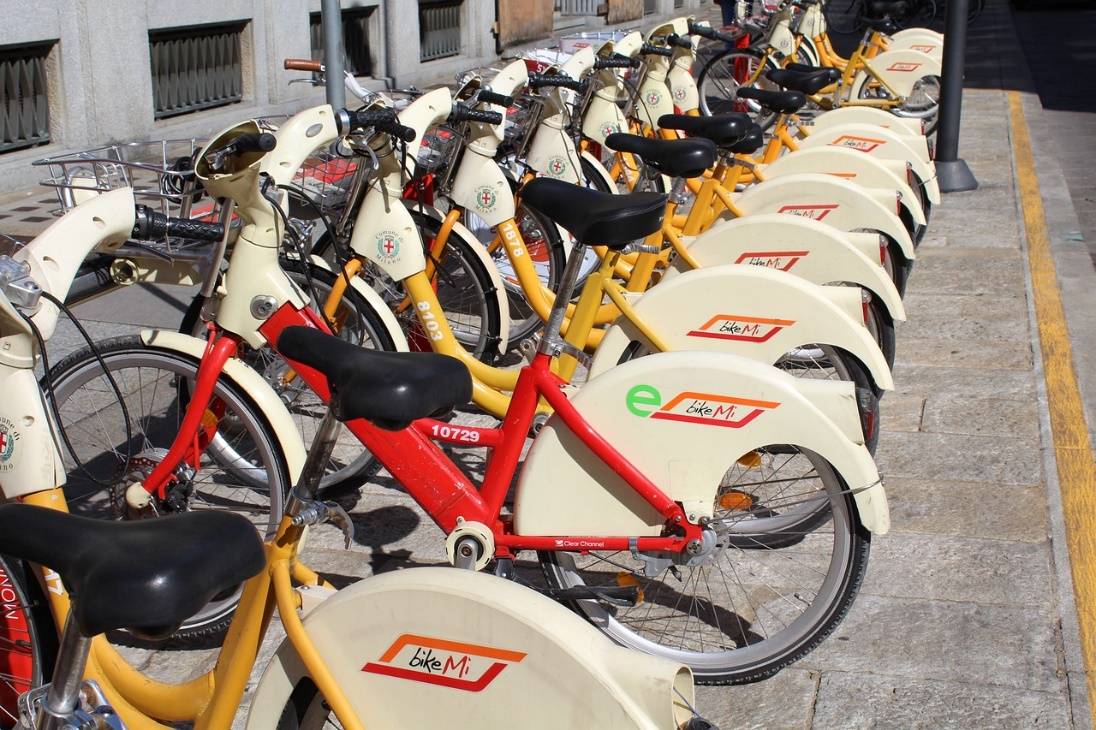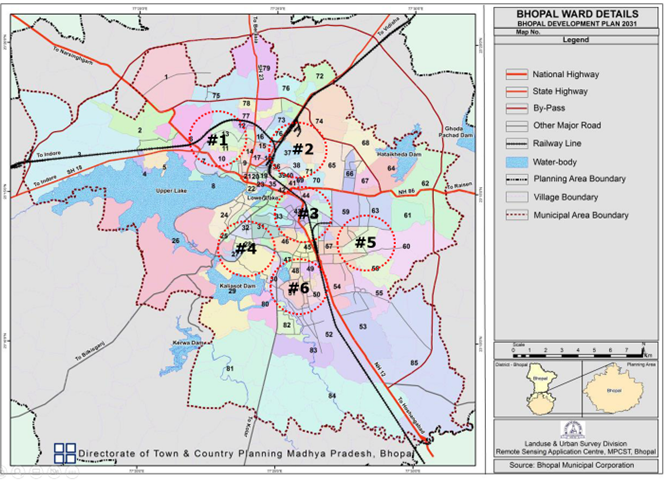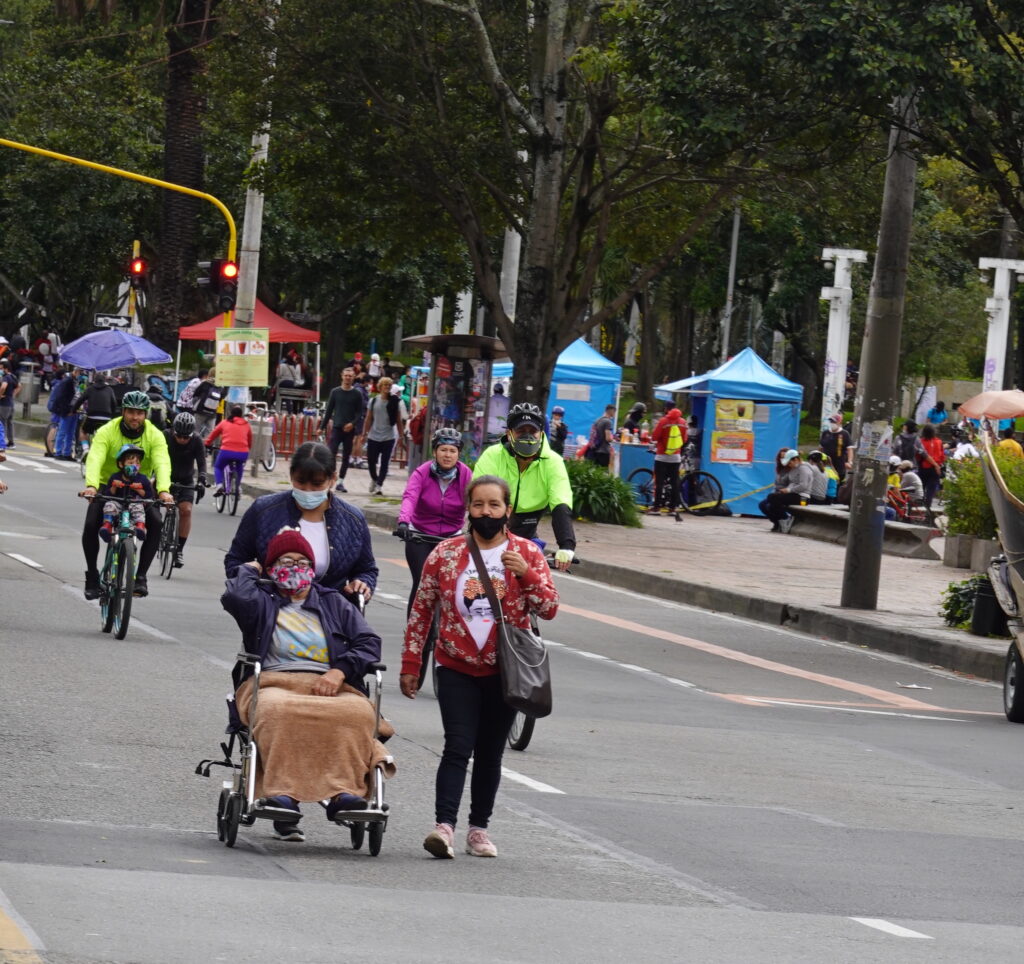City Know-hows

One solution to overcome barriers to mobility for residents of deprived neighbourhoods can be shared mobility hubs offering shared bikes and cars. Residents see great potential, while also raising concerns about costs, flexibility and usability in general.
Share
Target audience
Urban policy makers, urban communities, urban planners
The problem
Growing urbanisation and climate change pose major challenges to cities worldwide. Increasing motorised urban traffic leads to higher levels of noise and air pollution, an increase in sealed surfaces and a decrease in usable public and green space, which has a detrimental effect on human health and the environment. People living in socioeconomically disadvantaged neighbourhoods are also particularly affected by transport poverty, which results from limited mobility options and leads to less social participation.
What we did and why
Shared mobility hubs that offer (electric) bikes and cars can be a sustainable solution that enables people to expand their mobility options while protecting cities’ environment by reducing private car use and encouraging cycling. We interviewed residents of a deprived neighbourhood in Utrecht, the Netherlands, to understand their mobility needs and views on a recently implemented shared mobility hub in their neighbourhood, identifying potential obstacles in the process.
Our study’s contribution
We found that residents used various mobility modes, favouring cycling and walking for short distances and cars or public transport for longer trips. Key barriers to mobility in general included financial constraints and limited vehicle access. Many participants were unaware of the mobility hub and expressed concerns about costs, flexibility, accessibility, and potential liability. However, they recognised the potential of the shared mobility hub to promote transport equity if their concerns were addressed.
Impacts for city policy and practice
City policy should focus on the needs of disadvantaged populations by making public transport more affordable and accessible, simplifying routes, and creating clearer pricing schemes. Efforts to support cycling education must be expanded. Shared mobility services need wider promotion to ensure they are accessible and affordable for all. Engaging local experts and trusted community members is key to reaching often-overlooked groups, such as diverse and/or deprived neighbourhoods, and ensuring inclusive, sustainable mobility solutions.
Further information
Full research article:
 Tackling transport poverty with offers for shared mobility – a qualitative analysis on mobility needs and barriers in the context of a new mobility hub in a deprived neighbourhood by
Justus Tönnies, Jenny Ahrens, Pia Hasselder, Pascal van Houten, Jan-Jaap van Eerten, Maddie White, Miriam Weber & Gabriele Bolte
Tackling transport poverty with offers for shared mobility – a qualitative analysis on mobility needs and barriers in the context of a new mobility hub in a deprived neighbourhood by
Justus Tönnies, Jenny Ahrens, Pia Hasselder, Pascal van Houten, Jan-Jaap van Eerten, Maddie White, Miriam Weber & Gabriele Bolte
Related posts

Social sustainability entails improving quality of life by addressing basic human needs, promoting well-being, and creating supportive communities. Our approach prioritizes the inclusion of human needs in neighborhood design to enhance the overall quality of a neighborhood’s physical environment.

Young people are satisfied with many aspects of their local area except for active travel to school and for those living in rural areas. There was strong correlation between living in more crime prone areas and feeling unsafe.

The Our Voice approach allowed Ciclovía users in Bogotá, Colombia, to identify opportunities to improve the enjoyment of their rights to health and recreation, to